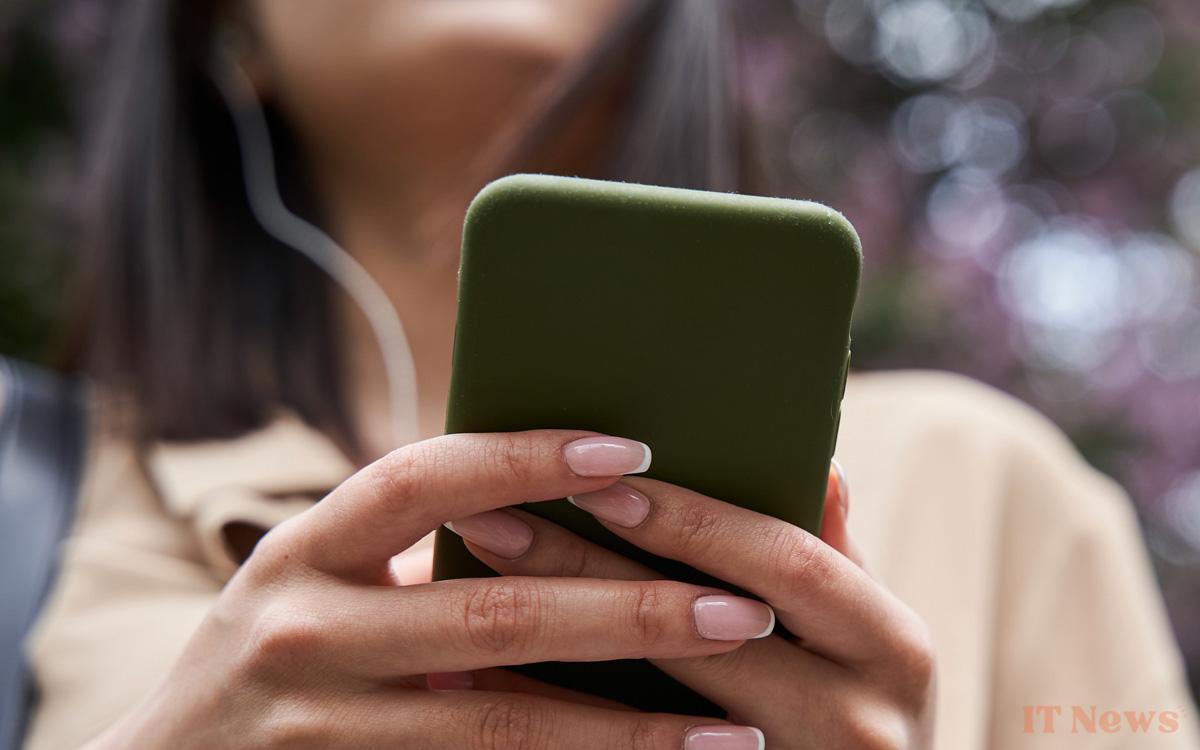LG announces that it has successfully developed a new-generation, very bright blue PhOLED pigment that allows for precise color rendering, all for a long lifespan. Integrating this pigment into OLED screens would reduce consumption by around 15%.
Since ancient times, the color blue has been the one that poses the most difficulties for humanity. Achieving an intense, lasting blue is practically mission impossible. The best known pigment was lapis lazuli, a stone that had to be ground into dust and incorporated into a medium at the cost of intense effort. This blue issue was gradually resolved, in the modern era, for painting and printing.
But the difficulties resumed with the development of LEDs, then OLED screens. In 1961, the first infrared LED was developed, followed by red LEDs in 1962 – more widely marketed around 1969. In 1971, the first green LED became available, followed by yellow, and high-brightness red-orange LEDs in 1972.
How a new blue pigment developed by LG is changing the game
We figured out how to make blue LEDs around the same year, on paper. But the technology wasn't commercially viable. To truly achieve powerful blue emission, it took 20 years, until 1993, which led to the widespread adoption of LEDs as a low-power lighting method at the turn of the millennium.
But also as backlighting for LCD screens found in the first smartphones. Closer to home, OLED screens emerged – which have the particularity of directly emitting their own light. And… the question of the blue pigment returned as an extremely difficult puzzle to overcome.
The first screens thus offered less precise colors, and above all, were not very durable. The industry gradually moved to so-called PhOLED pigments for red and green. But blue resisted, forcing manufacturers to use a less luminous and durable blue pigment in this type of panel. A problem that LG has just overcome with the development of a very luminous and more efficient phosphorescent blue pigment.
Thanks to this pigment, the size of the subpixel dedicated to blue is reduced. And it takes much less energy to cause the blue light to emit. This in turn leads to gains in terms of energy consumption. Thus, according to our colleagues at Android Authority, the next screens coming out of LG's factories will consume no less than 15% less energy.
This should translate into battery life gains of around 30 minutes extra on a smartphone, with the same battery and chip. Knowing that other technologies are also coming to extend battery life, especially when it comes to batteries.




0 Comments